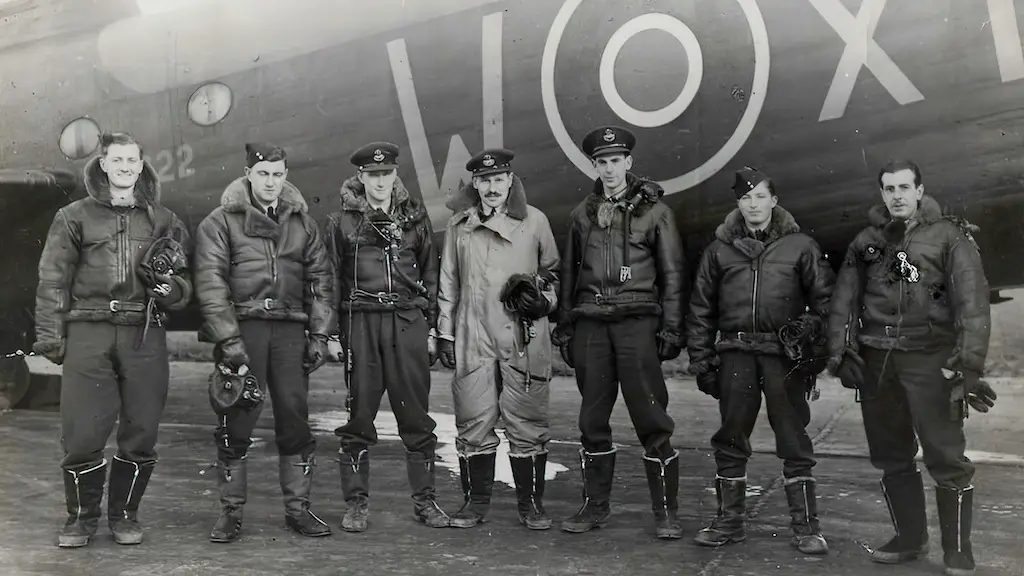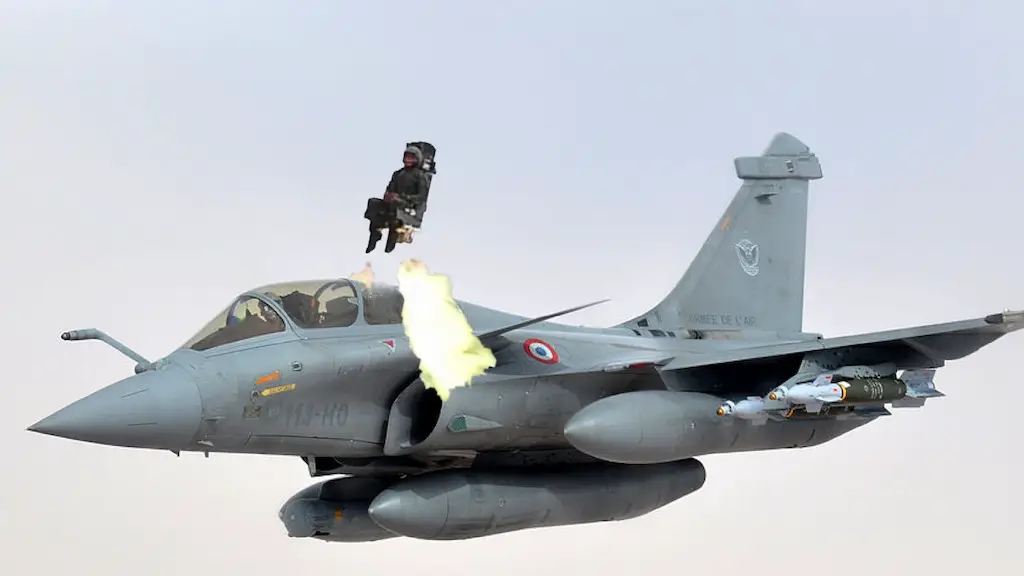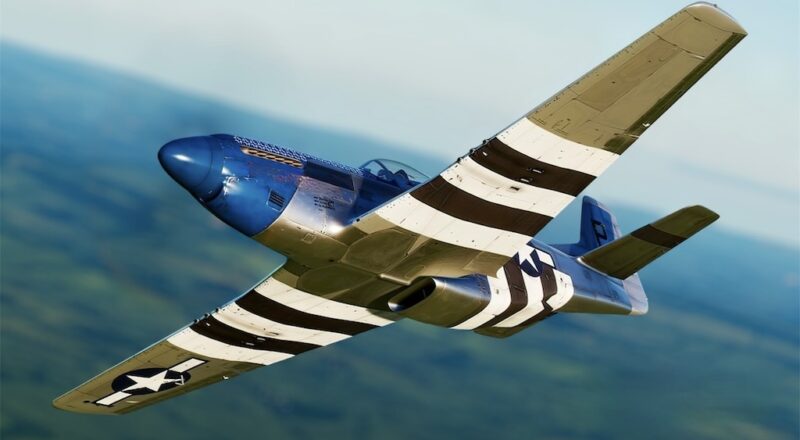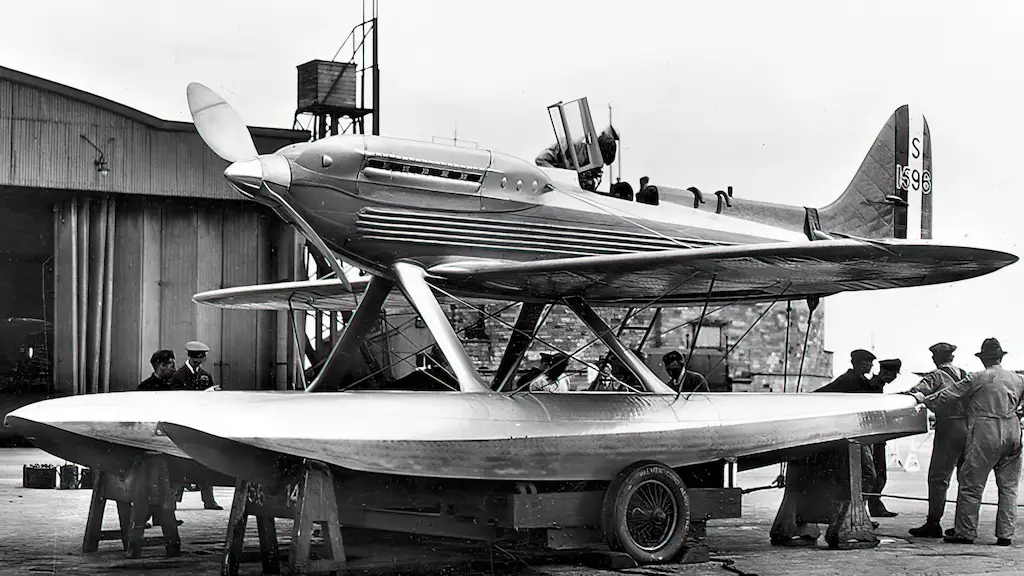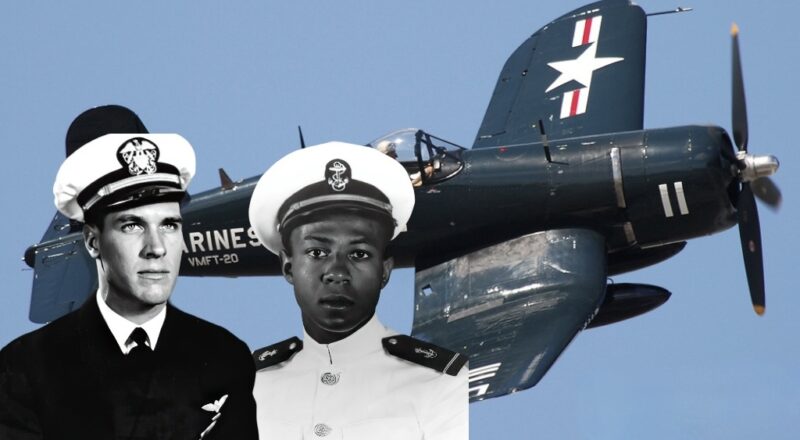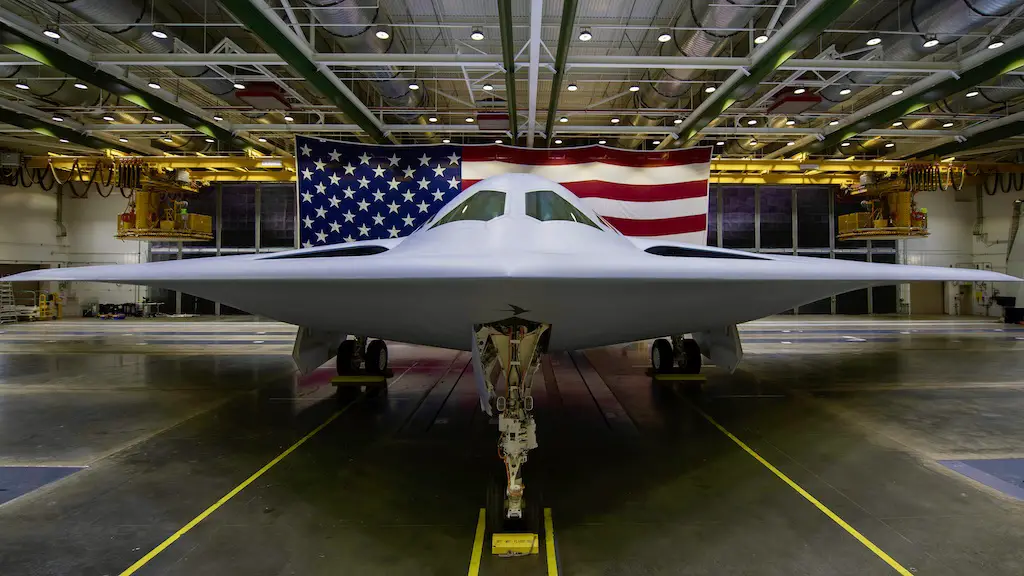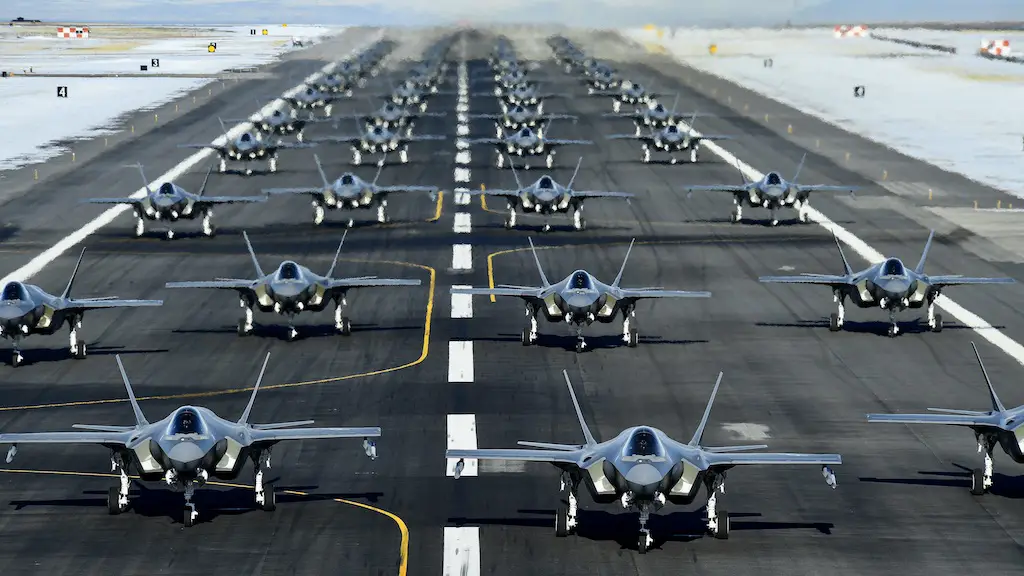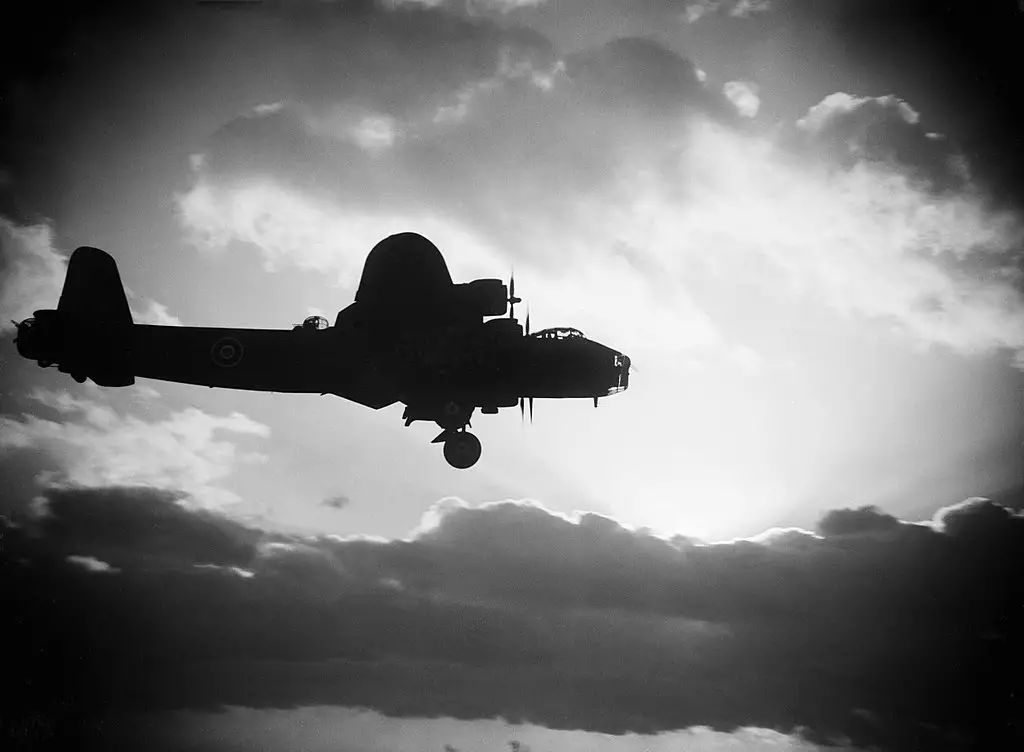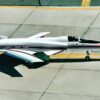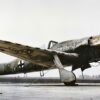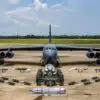Hope restored
In 2020, an aeroplane from the Second World War had been found submerged in Lake Markermeer near Amsterdam, the Netherlands. With the discovery, hope was restored. The plane was a British Short Stirling Bomber BK716 that had been shot down by a German night fighter whilst they were returning from a bombing mission over Berlin in 1943. The crew of seven – five British and two Canadian airmen – were all missing and were presumed to have perished on board.
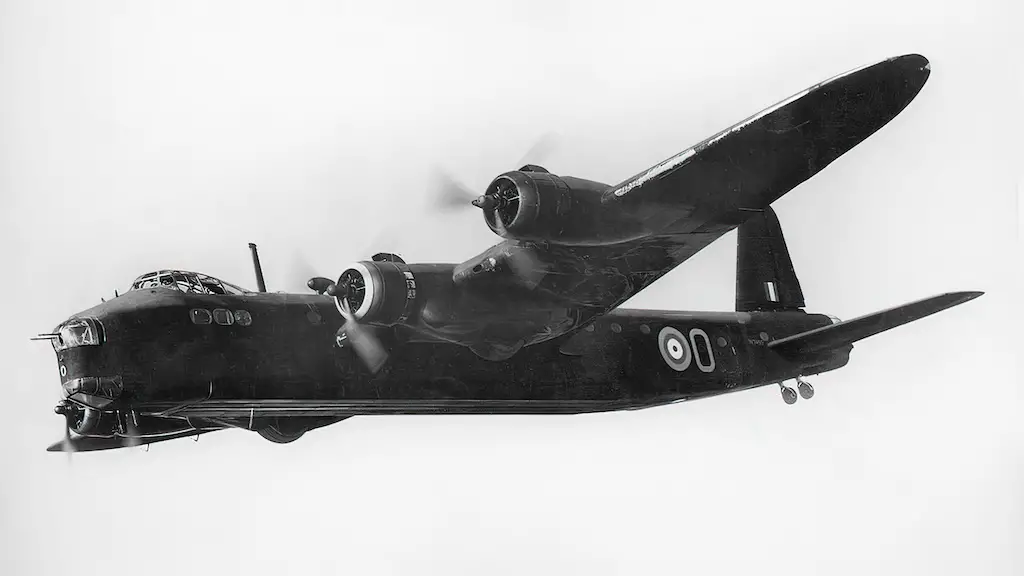
Discovery
The wreckage was discovered by the Royal Netherlands Sea Rescue team when they were assisting a boat experiencing engine trouble. They noticed a rusty piece of landing gear in the lake and notified Johan Graas. Graas is a long-time volunteer who began investigating crash sites as a boy with a metal detector in the Netherlands to then found the Aircraft Recovery Group. His team found an aluminium plate with a serial number.
For a long time, the plane was thought to be another missing bomber, the BK710. But as it turned out in April 2019, Dutch police forensic experts carried out chemical tests, which deduced that the final letter on the fuselage was a six, not a zero. Artefacts recovered from the site correspond with the BK716, such as a cigarette case inscribed with the initials JMC, thought to have belonged to English airman John Michael Campbell, 30, who was on the BK716 the night of the crash.
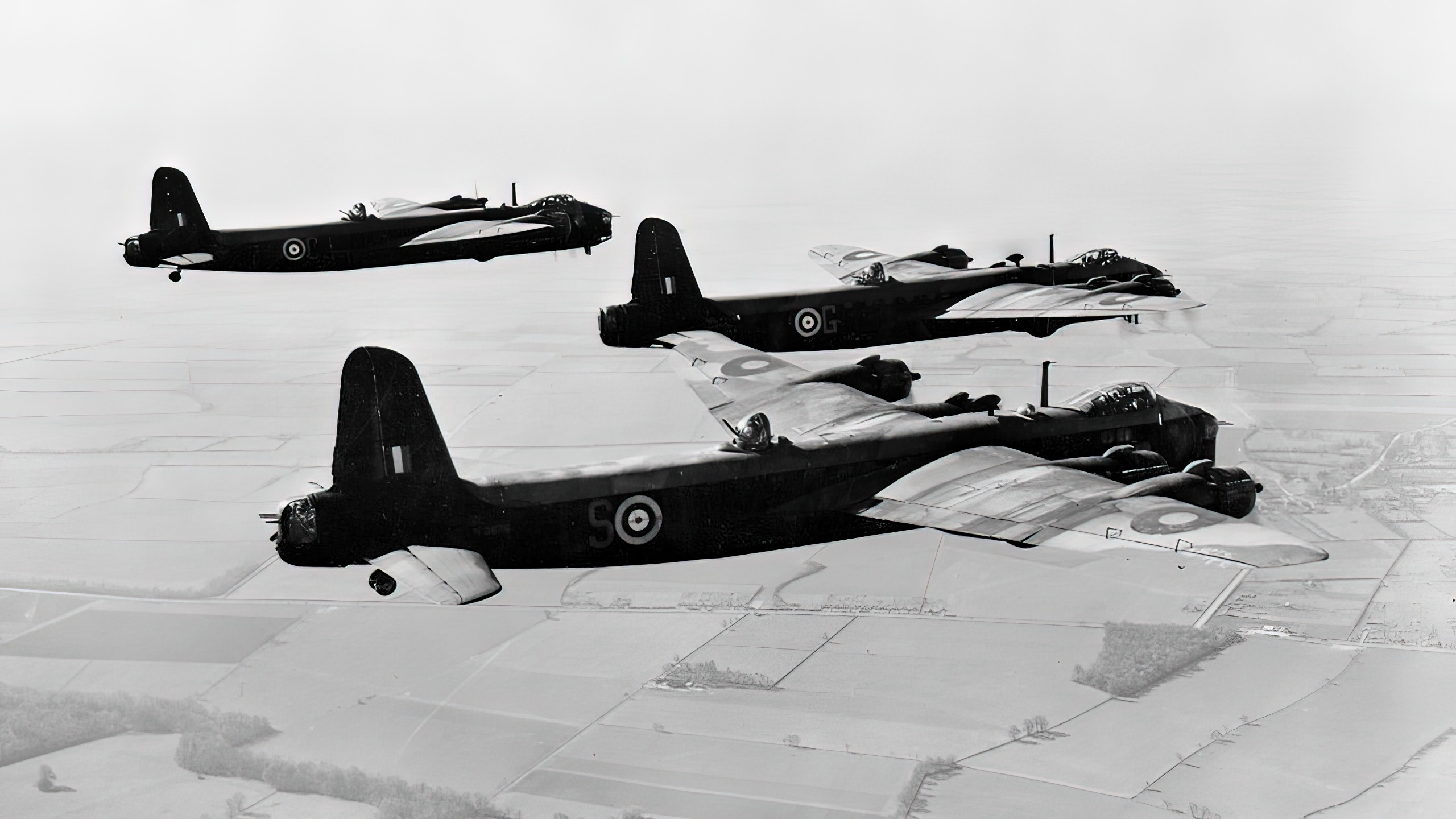
The team recovered all four engines from the plane, the landing gears and a substantial amount of the fuselage to which they compared with another intact Stirling bomber. Nevertheless, most importantly, as Graas mentioned, they had recovered human remains.
Specialist unit
A specialist unit from the Royal Netherlands army had inspected the remains to determine exactly how many men died and attempted to identify them. The remains were buried in a Commonwealth War Graves Commission cemetery in the Netherlands due to a British policy of burying their martyrs in the country where they perished.
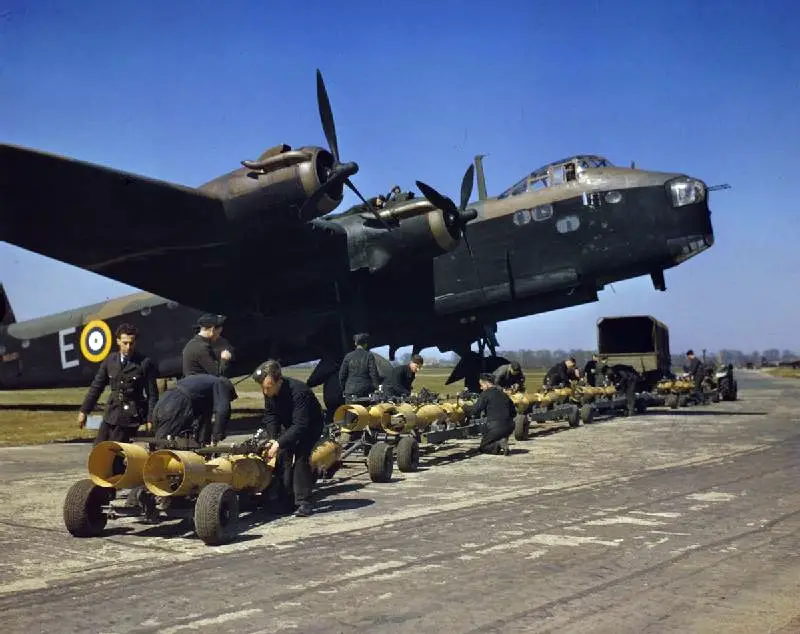
The operation to retrieve the pieces of the aircraft began on August 31 and it spanned an area of 75 square metres and was expected to last five to six weeks. The silt encompassing the area was dredged and any object over 8mm in size was examined to see if it belonged to the Stirling. By the final week of September, a wing, a propellor, a fuel tank, engine parts, and landing gear had been recovered from the lake bed, as well as smaller objects such as an oxygen tank and a spanner.
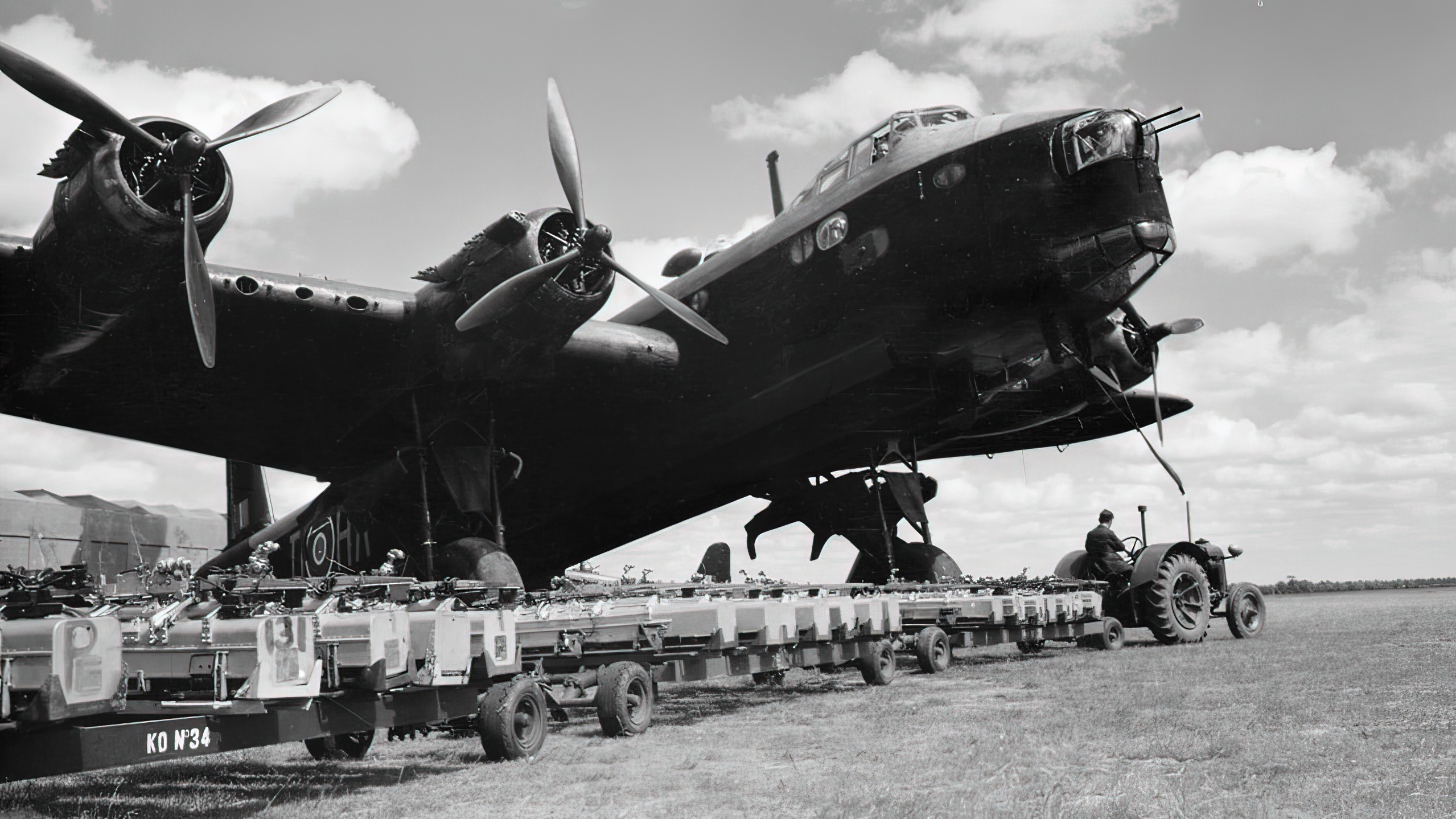
Cost
The expenses for retrieving the Stirling bomber was paid for by the Dutch government that amount to nearly a million euros. This is a rather new policy since the government previously only covered 70% of the cost and left the remainder to the local municipality.
This had left local governments unable to fund retrievals and thus many deceased soldiers remained without receiving proper burials. The BK716 was in such a situation until the Dutch government made the policy change. There are an estimated 30 aircraft in the Netherlands waiting to be recovered.
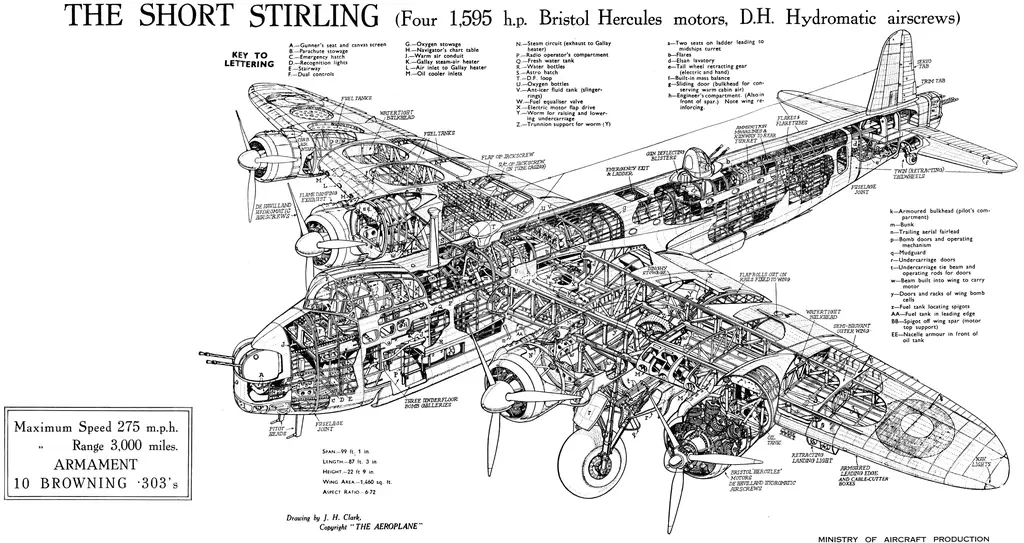
Contact with relatives
Richard Shrubsall, son of gunner Sgt. Leonard Shrubsall, was excited about the news. His mother was three months pregnant with him when she received the telegram that her husband did not return from his mission. Mr. Shrubsall and his wife hoped to attend the planned commemoration event. A relative of Canadian Sgt Charles Armstrong Bell had also contacted police after efforts were made to reach out to any of his living relatives. More efforts were subsequently made to contact relatives of the remaining five airmen.
The complete roster of the crew is the following: Sgt Charles Armstrong Bell, 29, from Bearpark, County Durham; Pilot Officer John Michael Campbell, 30, from Golders Green, north London; Flying Officer Harry Gregory Farrington, 24, from Niagara Falls, Ontario; Flying Officer John Frederick Harris, 29, from Swindon; Sgt Ronald Kennedy, 22, from Newcastle; Sgt John Francis James McCaw, 20, from Belleville, Ontario; and Sgt Leonard Richard James Shrubsall, 30, from Iwade, Kent.

